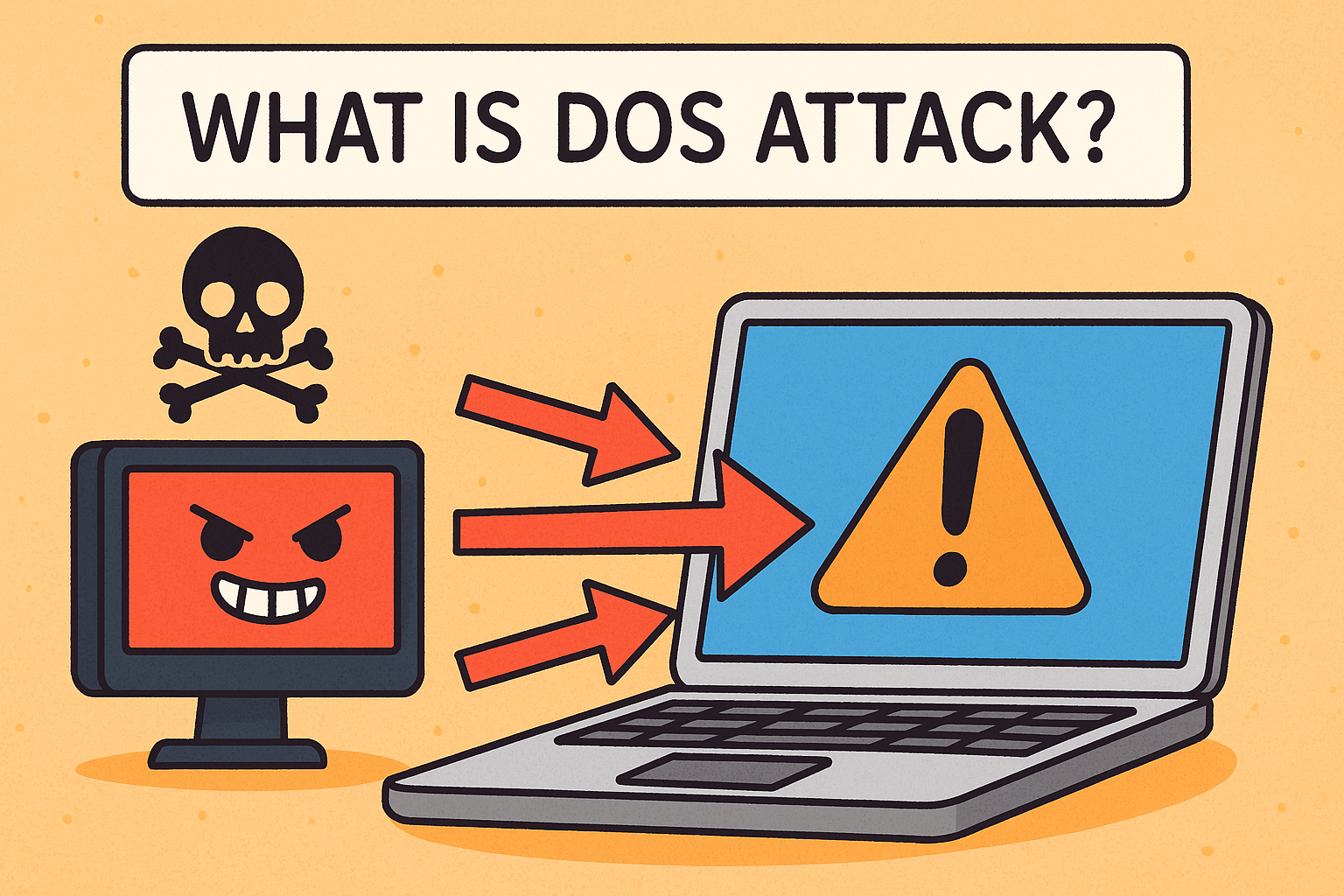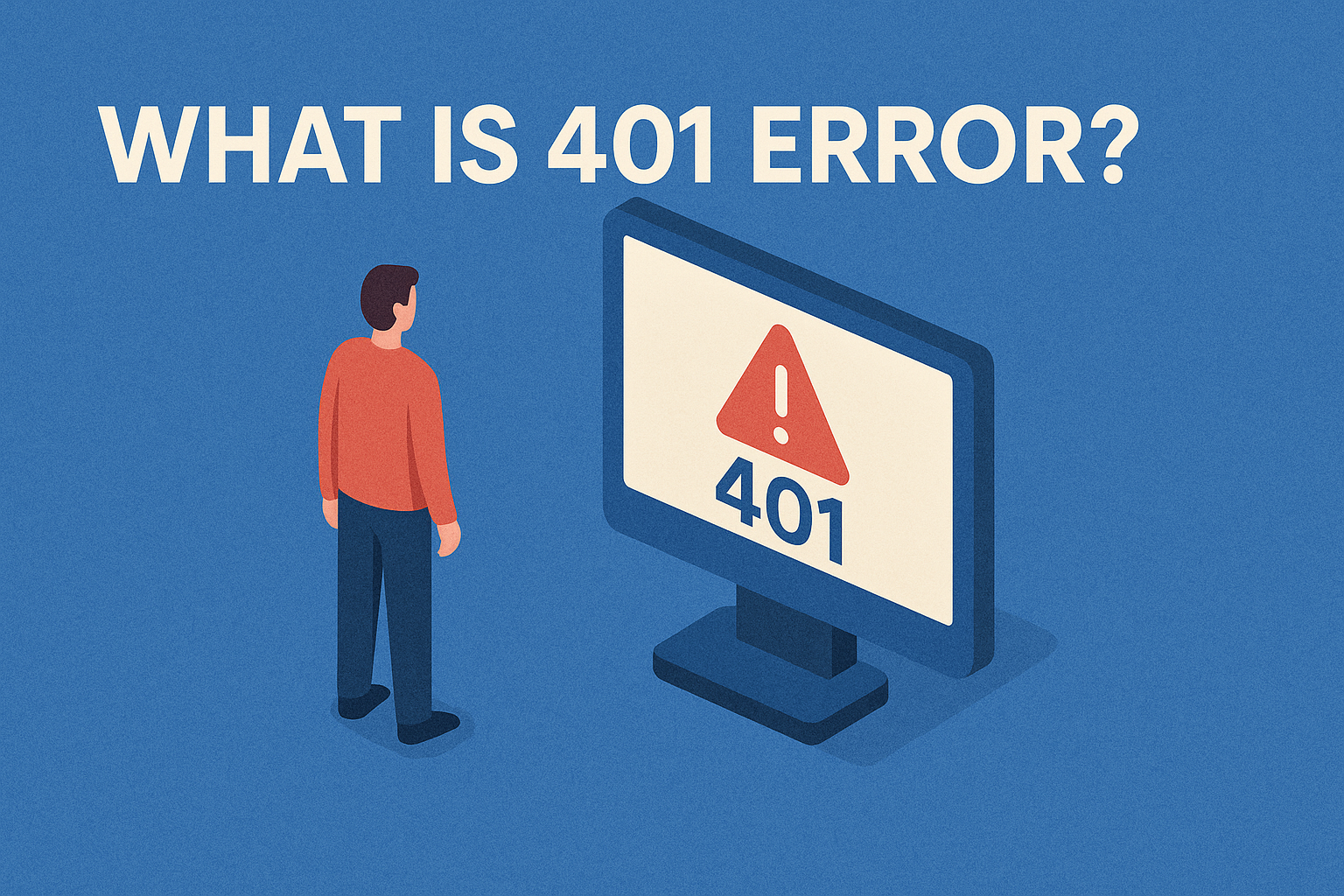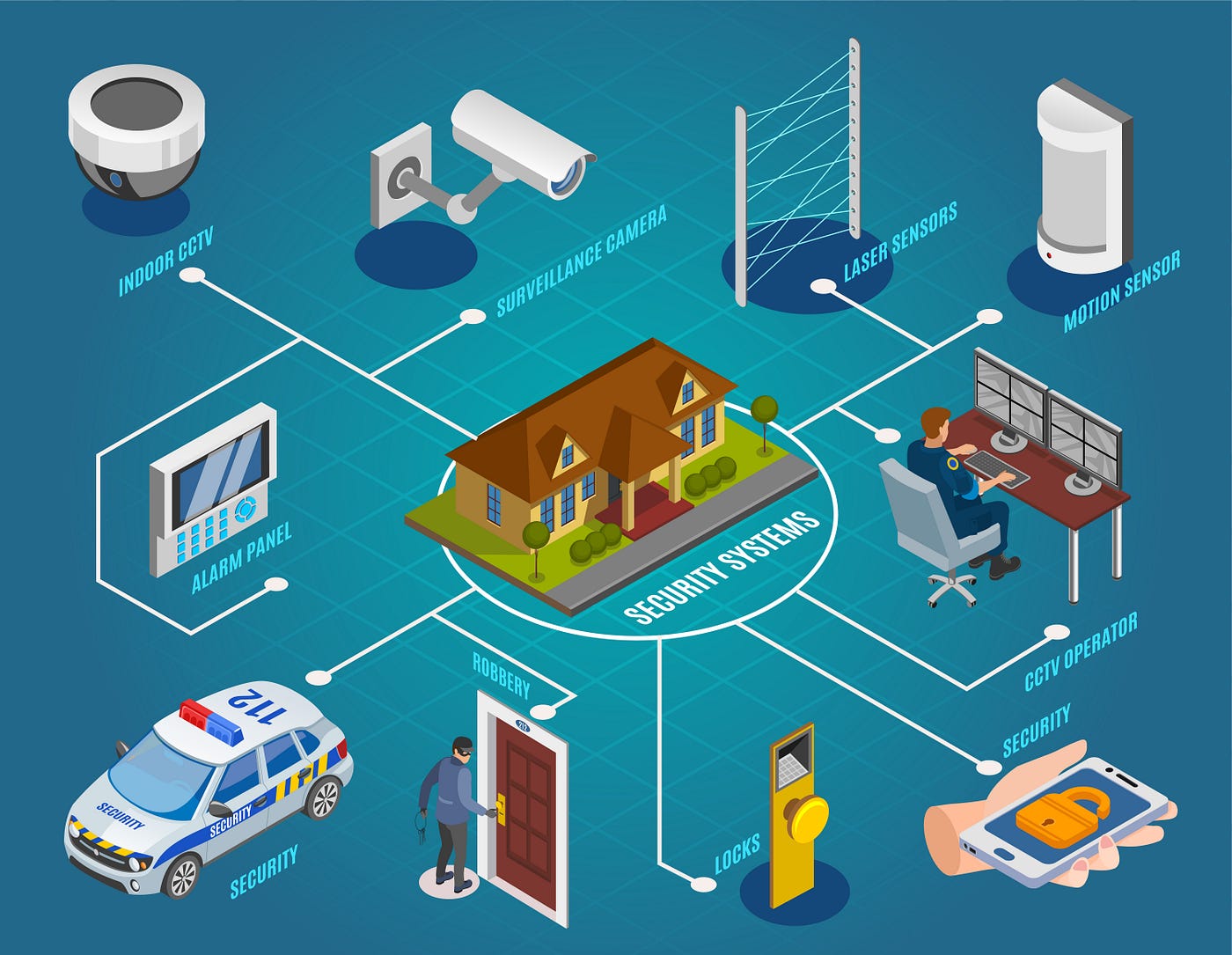What Is DoS Attack? How Denial of Service Threatens Cybersecurity
Updated on August 1, 2025, by Xcitium

Have you ever tried to access a website only to find it completely unresponsive for no apparent reason? It might be the result of a DoS attack—short for Denial of Service. But what is a DoS attack, and why is it a major concern in cybersecurity?
In simple terms, a DoS attack is an intentional attempt to overwhelm a system, service, or network with excessive traffic, rendering it unavailable to legitimate users. Whether you’re managing a small business website or overseeing enterprise-level networks, understanding how DoS attacks work—and how they cause damage—is vital to ensuring business continuity.
In this blog, we’ll explore the full definition of Denial of Service attack in cybersecurity, outline the common types of DoS attacks, compare DoS vs DDoS, and show how DoS attacks disrupt services.
💡 What Is a DoS Attack? Full Definition in Cybersecurity
A Denial of Service (DoS) attack is a malicious effort to disrupt the normal operations of a targeted server, service, or network by overwhelming it with a flood of illegitimate requests.
Key Characteristics:
- Target: Web servers, applications, networks
- Goal: Exhaust system resources
- Outcome: Service unavailability to legitimate users
Unlike traditional hacks that aim to steal or corrupt data, DoS attacks focus solely on availability—one of the three pillars of cybersecurity (Confidentiality, Integrity, and Availability).
🧨 How DoS Attacks Disrupt Services and Cause Damage
DoS attacks are dangerous not because they steal data, but because they can bring your operations to a halt. Here’s how they disrupt digital ecosystems:
- Crash servers by overwhelming bandwidth or memory
- Delay operations, especially in finance, healthcare, or ecommerce
- Trigger SLA violations and affect trust
- Cause financial loss, sometimes reaching millions for large enterprises
Real-World Example:
In 2022, an online gaming company lost over $1 million in revenue during a sustained DoS attack that took down its servers for 36 hours.
🧬 Common Types of DoS Attacks Explained
Let’s dive into the common types of DoS attacks that cybersecurity professionals encounter:
1. Volume-Based Attacks
These flood the bandwidth of the target with a massive amount of traffic.
- Example: UDP Flood
- Impact: Network saturation
2. Protocol Attacks
These exploit weaknesses in protocols like TCP/IP.
- Example: SYN Flood
- Impact: Exhausts server connection tables
3. Application-Layer Attacks
Target specific applications like HTTP, DNS, or VoIP.
- Example: HTTP GET/POST Flood
- Impact: Crashes web applications
🔄 Difference Between DoS and DDoS Attacks
Although often used interchangeably, DoS and DDoS (Distributed Denial of Service) attacks differ significantly in execution and scale.
| Feature | DoS Attack | DDoS Attack |
| Origin of Attack | Single device or IP | Multiple devices (botnet) |
| Complexity | Simple | Complex and hard to trace |
| Detection | Easier | Difficult due to traffic from many sources |
| Impact Potential | Moderate | High – Can take down major platforms |
So while both aim to disrupt services, DDoS attacks are harder to mitigate due to their distributed nature.
🧠 Signs Your System May Be Under a DoS Attack
Noticing unusual slowdowns or downtime? Here are some common signs:
- Sudden traffic spikes with no clear business reason
- Server unresponsiveness or timeouts
- Repeated system crashes
- Spike in CPU or memory usage
- Logs showing unusual IP requests patterns
Being able to recognize these symptoms quickly is crucial to limiting damage.
🛠️ How to Protect Against DoS Attacks
While no system is entirely immune, you can significantly reduce your risk with these strategies:
🔒 1. Use Firewalls & Intrusion Detection Systems
Modern Web Application Firewalls (WAFs) can filter malicious traffic before it hits your server.
🧰 2. Rate Limiting
Limit the number of requests a user can make over a specific time frame to block abnormal surges.
🌐 3. Use Content Delivery Networks (CDNs)
CDNs like Cloudflare or Akamai help absorb and disperse traffic loads.
🧩 4. Enable Anti-DoS Protection Tools
Many security providers offer DoS mitigation services, such as traffic scrubbing and load balancing.
👨💻 5. Monitor Logs & Use Threat Intelligence
Real-time monitoring allows you to identify threats before they cause outages.
🧰 Cybersecurity Solutions for DoS Defense
Organizations should consider investing in advanced endpoint security and threat prevention platforms like Xcitium’s ZeroDwell Containment.
Xcitium isolates potential threats instantly, ensuring no disruptions from malware, ransomware, or DoS vectors before they spread.
❓ FAQ: Common Questions About DoS Attacks
1. Is a DoS attack illegal?
Yes. Performing or facilitating a DoS attack is a criminal offense under laws such as the Computer Fraud and Abuse Act (CFAA) in the U.S.
2. How long can a DoS attack last?
It varies. Some last minutes, others for hours or even days, depending on the attacker’s resources.
3. Can antivirus software stop DoS attacks?
Traditional antivirus is not enough. You need network-level defenses like firewalls, IDS/IPS, and DDoS mitigation services.
4. What should I do during a DoS attack?
- Notify your ISP or cloud provider
- Activate your DDoS mitigation plan
- Analyze logs and prepare to block malicious IPs
5. Are small businesses at risk of DoS attacks?
Absolutely. Cybercriminals often target smaller entities with weak defenses to demand ransom or disrupt operations.
🚀 Final Thoughts: Stay Vigilant Against DoS Attacks
Now that you understand what is a DoS attack, the different types, and how they impact organizations, it’s clear that proactive cybersecurity planning is essential. These attacks aren’t going away—they’re evolving.
Even if your systems seem secure, it only takes one unprotected endpoint or unpatched vulnerability to expose your entire network.
👉 Take action now: Request a Free Demo of Xcitium Security Suite and defend your infrastructure against modern cyber threats, including DoS and DDoS attacks.
















